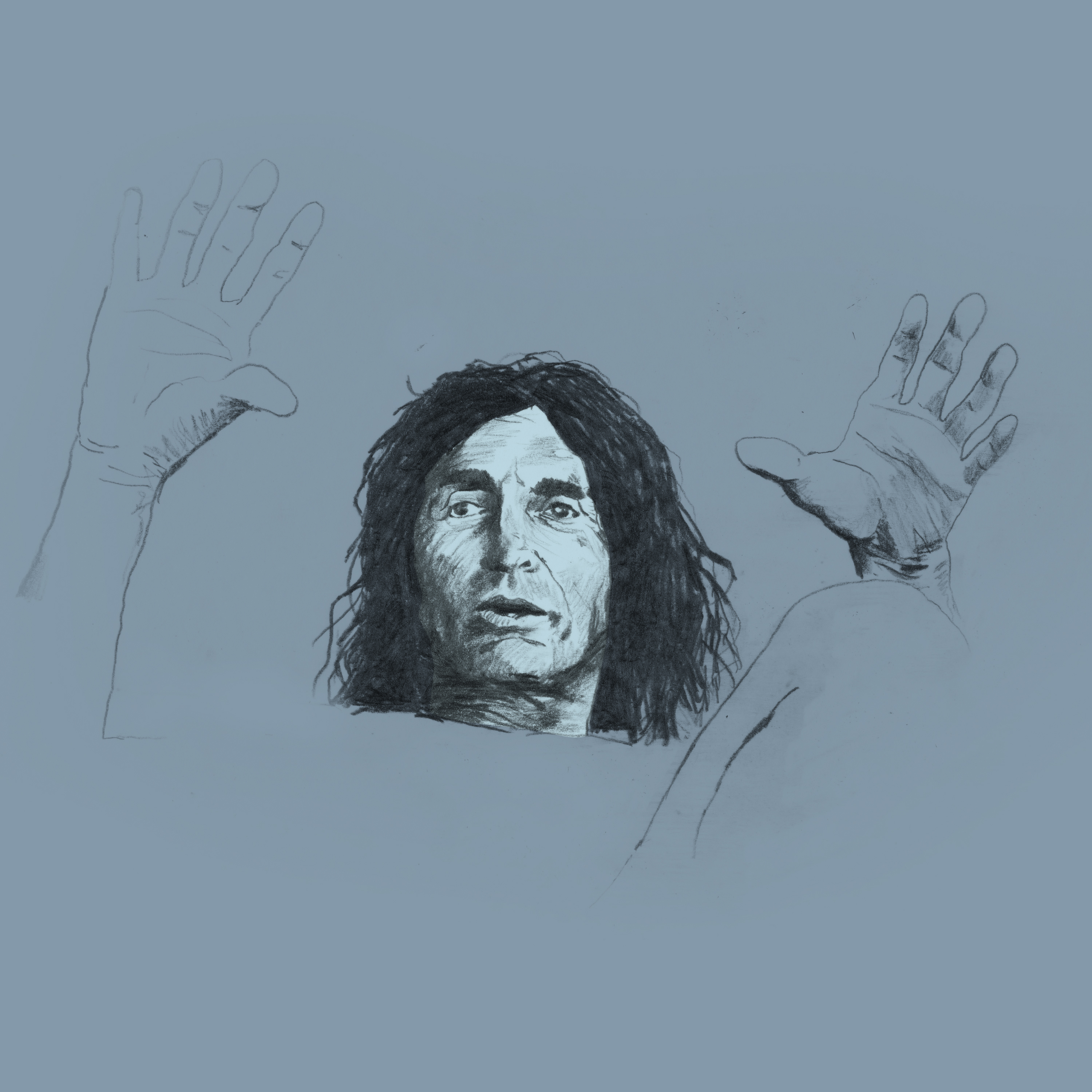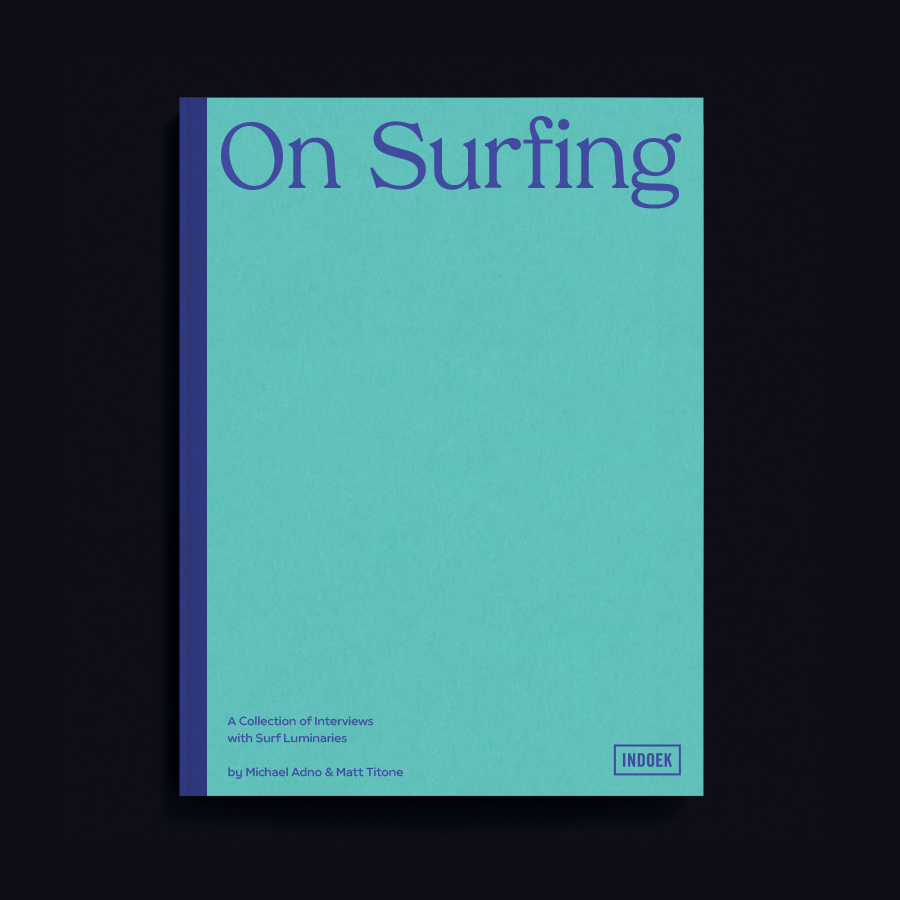Can you describe one of the most challenging aspects of surfing to you?
Keeping pace with time would be a fair, nutshell reply. I cut off my hair yesterday to reinforce the notion. 60 today, #4 cut 10 years long overdue. From sun-brown to the grey ghost. The most challenging aspects of surfing? Possibly accepting the loss of surf culture as a pursuit of contrary to social norms. The goons of Dora’s nightmares have evolved to both un the game and buy the product and shape the generational script. Accepting that surfing is the most conservative sport on the planet and yet feeling great to be a surfer is challenging. Maybe the way I’ve gone Stage Left is a product of wanting to run a mile from surfing’s bullshit.
When I hit 50, I was up in the Outer Hebrides, Scotland. It was a Sunday. A wonderful day, sunny, empty. So I’d hit 50 and felt 30, bullet proof. I figured in a kind of lateral way that if any time was the time it was now to go against the grain. With every passing year could I peel one back, performance wise, you know, get to 52 and be as on point as I’d been at 48. Could I make 55 surfing as well as I’d done at 45…perhaps get to 60 surfing no worse than I’d been at 40? Well I guess today’s the day to consider the maybes of that, and I have. Sounds shallow I know but given that I was into a new discipline at 50, maybe it’s not so fucked up. I was saving myself as much as thinking about the legacy of pioneers. I’d embarked on a bit of a mission the year before after some talk with Jack McCoy during film research where I said I thought the average level of Hawaiian surfing—the average, general run of the mill level—could have been at the level of Larry Bertleman circa 1974 had the skeg of Tom Blake never come to pass. The surfers over there—incredibly talented, flamboyant, able to adapt so well. At 50 it’d been a year since abandoning fins and trying to get to where the art form may have gone had the classic dumbing down of a discipline not occurred. It’d be six years later in a meeting with Joe Quigg arranged by Jack, that this grand older man indeed let me know that he’d been of similar belief when his sleek designs sans fins has been forgotten by the late 50’s with the absorption of the fin into pop future.
Jack showed him some footage. He was a very happy man to see a circle completed that he never thought possible. The greater challenge though is to further refine the minimalism of surfing waves. Not many can understand what I’m doing on the wave, but it’s as much done in increments as, say: Tour surfing is done in heavy blurts. It’s at a point, I guess, where it feels more natural to surf the way I do now than when I was on tour in my early 20’s. To be a surfer in this general malaise but still get to go one’s way doesn’t have much of a challenge attached to it – other than trying to cover my tracks.
What is one of the most redemptive or rewarding parts of surfing?
Big cliché but to be one with the sea matters more than to be one with the land. So much birdlife has vanished from, say, Jeffrey’s Bay, but when everything clicks and the birds are in trim running down the line against a morning devil wind, surfer in a semblance of similarity running behind, it becomes pretty timeless—like nothing else matters, friends, work, even family.
In Australia it gets packed out to the rage where I can’t see that Snapper Rocks or Broken Head exist anymore. It’s just not what surfing’s meant to be—a jungle rage. It’s not unrewarding by comparison to be amongst 100 goobers at Byron Bay, many of whom are either beginners or riding really really really really poor equipment aka the kook mini mal. It’s humbling though, you see these people riding some of the best waves of their lives every day. Despite the low level there’s the redeeming nature of other peoples’ pure stoke which is generally contrary to the ‘meat head’ spots where bad manners and sense of entitlement reigns in the higher performance lineup
What has surfing afforded you in your life?
Again it’s a cliché, but it’s the room to roam and not be dumbed down. The study I did at university was probably a precursor to seeking the lateral. I studied the methods of trans national corporations in dominating governments at a time when Future Shock had only been in print about 7 years. That governments were in denial all the way back then, 1976, and still are 40 years later makes me pleased that I never did bow to any system.
How long can you go without surfing?
I’ve been out for three weeks at the moment. It doesn’t feel too bad especially as the waves were tremendous in the Fall over here, and I managed to stuff myself silly. I’d say forever, if worst came to worst. I’d mind surf, no problem.
How and when did you fall in love with surfing?
Australia in the’60s was already swamped in beach culture. It would’ve been 1962 when my family took a Greyhound bus to Surfers’ Paradise to stay in a classic beach house over the road from the main beach that’s now so full of skyscrapers. The thing is, back then the Hynd family lived inland of Sydney, but to be up at Surfers’ was the classic Australian holiday dream for parents and kids. The beach—the famous beach—was enmeshed in our culture. Back home, the family would drive to Mona Vale Beach on the weekends most summers and brave the mass traffic jams to get there. Everyone had to hit the beach.
I was completely into the lifestyle of getting bombed by waves on a blow up ‘Surf 0 Plane’ by the age of 8, even though I could swim. It was the rush of it all. As good then in the foam as now anywhere on the planet. Moving to the coast at 10, I was already a beach goer, already a water person like millions of Australians. The big step though was being able to go to the surf every afternoon…then every morning and afternoon…then all day everyday on the weekends. I doubt I ever rode better waves than in my first year, 1966, in front of the surf club in between the flags, kneeling on my ‘Surf 0 Plane’ as the dumpers picked me up and crashed me down. As good as it could get. What wasn’t to love?
What’s on of your pre/post-surf rituals you hold dear?
I’ve always had dogs, all the way back. I was the middle child but it seems to me that having a dog at my side down at the beach was more my thing than for my older brother or younger sister. Riding to the surf before dawn with the family dog romping next to you. The perfect two-man gang. Whether one dog or two, they’ve always hung out with me in Australia whenever I’ve surfed locally and often on trips away. I guess when it comes down to it 99% of any surf I’ve ever had have featured a dog at my side. Taking responsibility for them before a surf that’s probably the biggest ritual—setting them up to hang out. Funny, but had that never come to pass I doubt I would have had the capacity to start running a board riding club which then set in train my career.


